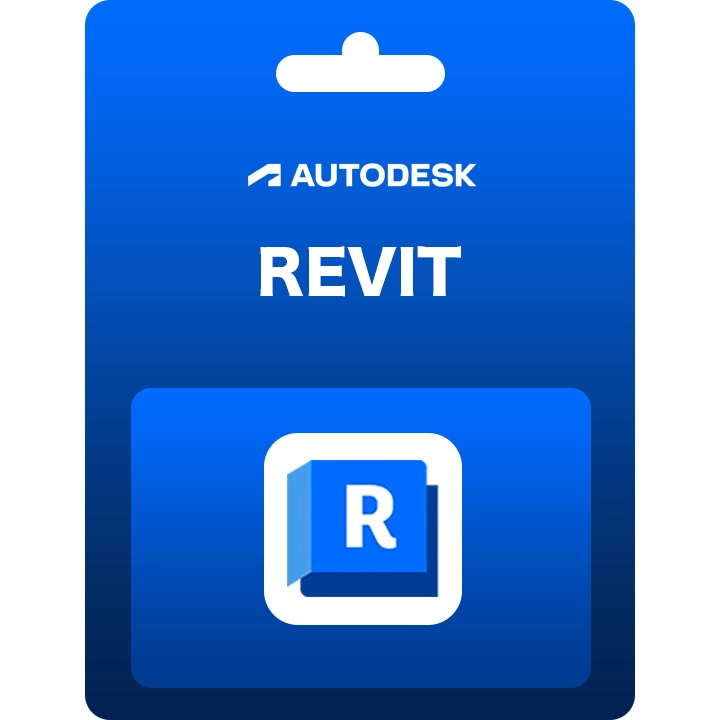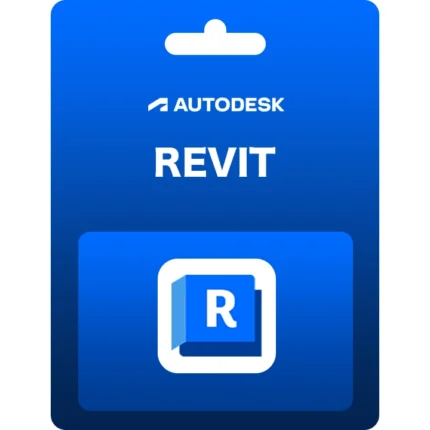Autodesk Revit 2024 is a powerful 3D building information modeling design software. The new version of Revit 2024 has been released and promoted globally. Autodesk Revit 2024 debuts two workflows: a construction-to-manufacturing workflow between Revit and Inventor, and an upcoming Revit-to-Microsoft Power Automate connection. What’s New in Autodesk Revit 2024 Better performance, more productivity features that come from your requests, and a smarter way to work with data, whether on the desktop or in the cloud.
We’re excited about this release because Autodesk Revit is more performant, more intuitive, and better suited to the way you work. Autodesk Revit is constantly validating it against your changing needs, with over 30 feature requests coming from Revit ideas. It balances minor enhancements with major new introductions: upgrades that improve quality of life today (hello, swapping views on drawings), and game-changers for the future, such as the new granular data exchange for Autodesk Revit 2024 and supported jobs Stream Autodesk documentation in the AEC series. Oh, and did we mention: this Revit is really upgraded, with many performance enhancements aimed at faster calculations, especially when working with large models. You can also get Autodesk Revit 2023 By LicensedSoft.
Autodesk Revit 2024 New Features:
1. Extended and fine-tuned positioning modeling and documentation tools
Like last year’s version, 2024 includes day-to-day design improvements for document workflows. We’ve smoothed out the tools you’re already familiar with, so you can see immediate results on your work. Filtering by worksheet in a schedule is, first of all, a solid addition to ensuring the correct data in a dossier. Schedules are evolving as conditional formatting is added to key schedules for families and types, an enhancement from the Revit community. You’ll also find new features to control the display and markup of replaced elements, making complex annotations clearer. Viewing filters, more cuttable categories, and new 3D measurement tools are all in Revit 2024, marking an overall evolution of Revit as a professional-grade, design-to-documentation workhorse.
2. Provides structural engineers with more flexibility and control through improved analytical modeling
Greater speed, the versatility you need, and the quality control your clients will appreciate drive structural engineers’ transition to new analytical modeling workflows. Contextual models in 2D and 3D views, autonomously define design intent based on physical models, or start with a parametric “analysis-first” approach to develop analytical models based on engineering requirements for buildings, roof structures, pavilions, stairs, etc. With increased automation of the rebar connection library, and many improvements to rebar, including adaptive placement and better visualization, Revit 2024 provides structural engineers and detailers with a more complete toolset.
3. Plan-based load analysis for electrical engineers saves time in early stages of projects
The new electrical analysis workflow introduced in Revit 2024 is designed to use linked DWG, pdf or Revit models as the basis for load calculations in Revit. These load calculations, along with the new ability to conceptually define electrical system elements, allow you to determine preliminary building loads and loads on major equipment components directly within the Revit environment.
4. From form production to documentation with greater data fidelity through 3D sketching in Revit and FormIt Pro.
The FormIt Pro to Revit 3D sketching workflow connects the hand-drawn and calculated form making in FormIt Pro with the essentials of design development and documentation in Revit. Save modeling time and rework, and leverage early analysis to evaluate and seamlessly translate design concepts into design outcomes. Also, for early designs, Autodesk is seeking your feedback on the new Spacemaker for Revit add-in, which is now in beta for European subscribers, with a trial version of Spacemaker available. Keep scrolling for more details.
5. Unleash BIM data with Revit 2024 and Autodesk Docs.
New capabilities in Autodesk Docs bring Revit data to new frontiers of collaboration, interoperability and automation. Revit 2024 showcases new ways to manage and share data through data exchange in Autodesk Docs. Revit 2024 debuts two workflows: a construction-to-manufacturing workflow between Revit and Inventor, and an upcoming Revit-to-Microsoft Power Automate connection that brings design data into business process automation within the Microsoft app ecosystem. These new workflows, along with the introduction of Revit Parametric Services in technology preview, pave the way for more efficient, timely and secure data management using AEC assemblies.
6. Check out the new look and feel of Generative Design, Dynamo Player, and Dynamo 2.13.
The visual refresh drives consistency between Generative Design and Generator players, and aims to make both new and experienced computational designers more successful. Generative design and Dynamo Player interface modernization including sliders, number input boxes, more in-menu descriptions, and easier to find product help and support. For Dynamo 2.13, updated details abound, including upgrades for groups, scrolling operations for wires, and the ability to lock, observe, and organize nodes and graphs.
Highlights of Revit 2024
1. terrain entity
Community idea: Create terrain primitives as solid geometry.
2. Autodesk Revit dark theme
Community Idea: Revit supports a dark theme for the first level user interface, including the Properties palette, project browser, options bar, view control bar, and status bar. You can also set the drawing area (canvas) theme to Dark or Light from the ribbon and the Options dialog box.
3. Align Surface Patterns
Community idea: Use the Align tool to align surface patterns on shape edited entities. You can align hatch patterns across an entire surface, or triangulated faces individually.
4. Cut Geometry Enhancements
Community Idea: Additional categories have been enabled to allow snipping in project context.
5. Search in the project browser
Community idea: The Search feature is now at the top of the Project Explorer.
6. Create Revision Cloud Schedules
Community Idea: Use the Revision Cloud Schedule to quickly manage revision cloud parameter information.
7. Link coordination model
Community Idea: Visually cross-check models across disciplines and phases of a project. In 3D view, visually compare collaborative models created in Revit or other modeling tools for easy coordination.
8. Snap Points for Coordination Models
Community idea: Use snap points to easily model in context, measure the distance between two reference objects based on a coordination model point, or better position a coordination model.
9. More path alignment options for free form rebar
Select how to align the bars in the rebar set and make the bars in the rebar set parallel to the plane selected in the Align/Closure constraint.
10. Rebar Bending Details on Rebar Drawings
Community Idea: Add bending details to rebar drawings to create accurate rebar bending and installation instructions.
11. Rebar Bending Details in Schedules
Community Idea: Create clear fabrication instructions by adding rebar bending schedules, including shape bending details that accurately represent rebar geometry.
12. Custom Physical-Analytical Entity Associations
Create multiple associations between entities to better coordinate updates between physical and analytical models.
13. Enhanced Analysis Loads
Apply structural loads to analytical members and panels over defined areas of host objects.
14. Detailed results reporting for connection automation rules
The information generated in the detailed report can be used to better manage steel connections.
15. Flow and pressure calculations for MEP precast elements
To integrate design and precast workflows, flow and pressure drop calculations have been added to straight sections of precast components. These results apply to straight segments only.
16. Create an energy analysis model by element in a 3D view
Section boxes, view filters, or Visibility/Graphics Overrides can be used to display elements in a 3D view and include only those elements when generating an energy analysis model.
More features of Autodesk Revit 2024:
1. Insight: Technology Preview
From the early stages of design, Insight – Technology Preview provides architects with insight into the impact of embodied carbon.
2. Cloud Model Collaborative Cache Management
Community idea: To make the cloud model cache more manageable, a folder path can be specified in the Options dialog.
3. Texture Visual Styles
With the new “Texture” visual style, textures of rendered materials can be applied instead of lighting effects.
4. Draw Order Improvements
Community Idea: The draw order of 2D elements in a family is visually the same in the family editor, in the project, and when exporting to PDF/print.
5. Access coordination model object properties
Select individual coordination objects and access their properties.
6. Color System Dialog
Specify colors using a third-party color scheme or a user-defined color scheme.
7. My Insights on the Revit Home Page
My Insights is sent to the Revit home page to provide you with insights into how you are using the software and suggestions to improve your experience.
8. Modernize the user interface
Community Idea: 2000+ icons have been replaced with new modern versions.
9. New sample models and project templates
Use the sample models to learn about functionality and workflow. Updated project templates make it easier to start projects and develop your own templates.
10. Revit to Twinmotion enhancements
The “Auto Sync” feature has been added to the “Twinmotion” drop-down menu.
11. Dynamo Update 2.17
Dynamo 2.17 offers node suggestions powered by machine learning, import and export of settings, graph import into workspaces, and more.
12. Dynamo player
In Dynamo Player for Revit 2024, view graphics issues and dependencies, add image output, and try out the new sample graphics.
13. Fill pattern and color for structural surface loads
Area load hatch patterns can be recorded in plan views directly from analytical model data (structural loads).
14. Improved Steel Connections SDK documentation
The Revit API documentation contains detailed guidelines for extending steel connection capabilities, as well as new API samples.
15. run solar study (in seconds)
Community idea: It is now possible to run solar studies with smaller time intervals measured in seconds.
16. Access sun settings from the ribbon
Community Idea: The Sun Settings dialog can be accessed directly from the Ribbon.
17. Sun path in perspective view
Community Idea: Editing drag and drop is now enabled in the Perspective view.
18. Toggle stirrup direction for free form rebar aligned distribution
By pressing the space bar, you can toggle the stirrup direction for aligned free-form bars.
19. Resizes all rows in a schedule placed on a sheet
All rows in a parts list placed on a sheet can now be resized to clearly represent their content (including text, images, or graphics).
20. Open drawings directly from the drawing area
Drawings can now be opened directly from the shortcut menu in the drawing area of a view.
21. Place multiple views and schedules
Multiple views and schedules can placed on the sheet simultaneously by dragging them from the Project Browser or selecting multiple items from the Select Views dialog.
22. Other resizable dialogs
21 dialogs have enhanced so that they can resized while using them.
23. Sort project parameters
In type and instance properties dialogs, project parameters are sorted alphabetically.
24. bounding box height parameter
Sets the height of the scope box after placement.
25. Demand Loads and Demand Factors for Electrical Analysis Components
Load classifications can be specified for each analysis load and demand factors applied for electrical analysis components.
26. Define load sets for non-coincident loads
If you want to exclude non-coincident loads from demand load calculations, add a load set and set the Standby Quantity.
27. MEP Prefabricated Ductwork Stiffeners
Community Idea: MEP Precast Detailers can add stiffeners to individual duct systems in a model.
28. Web-based calculations for designing air duct systems
To integrate design and fabrication workflows, web-based flow and pressure drop calculations are available for designing duct systems.
29. Keep annotation direction added to air terminal
Community Idea: The Duct Terminal category now displays annotation symbols using the “Keep Annotation Orientation” family parameter.




Reviews
There are no reviews yet.